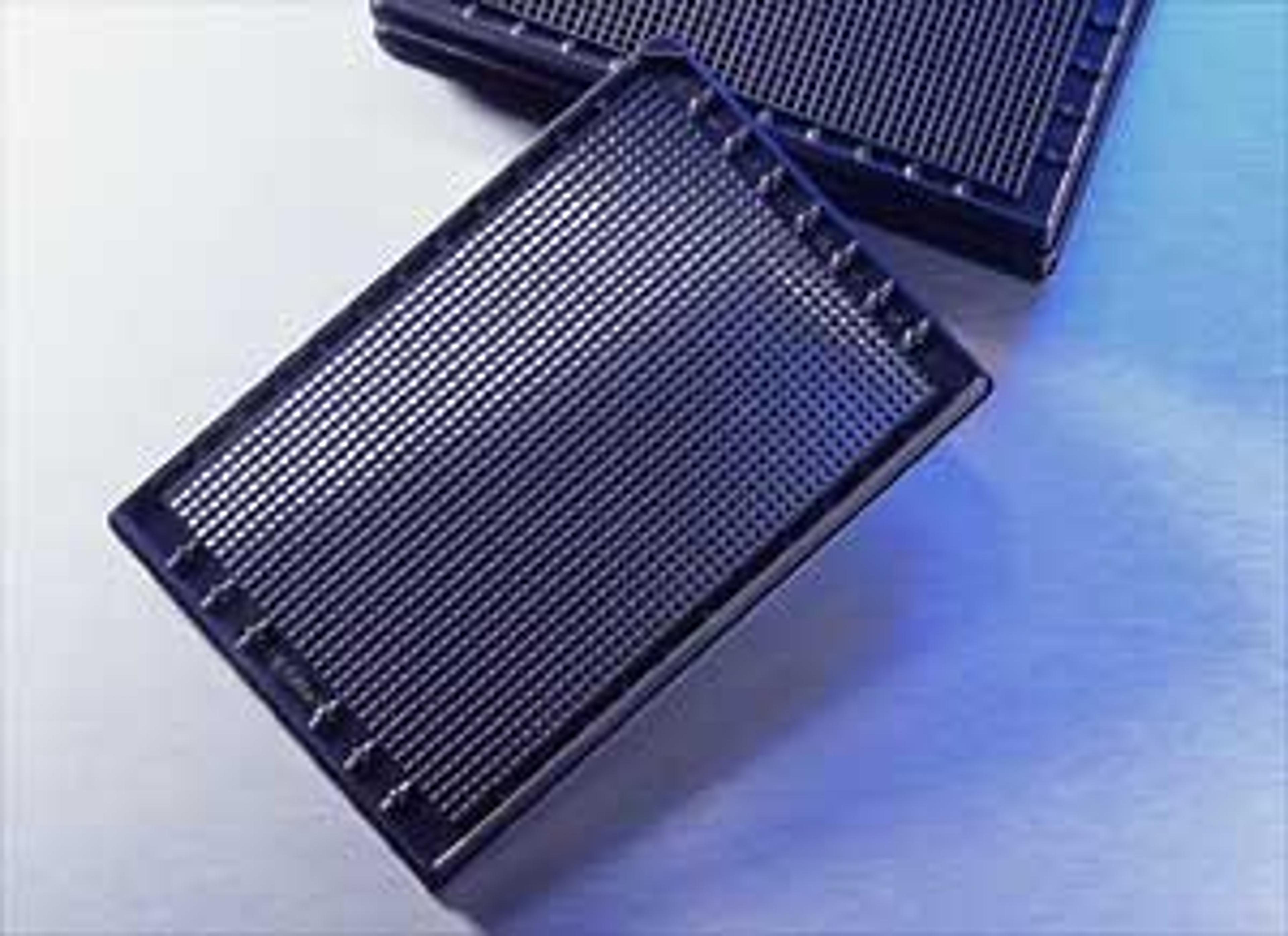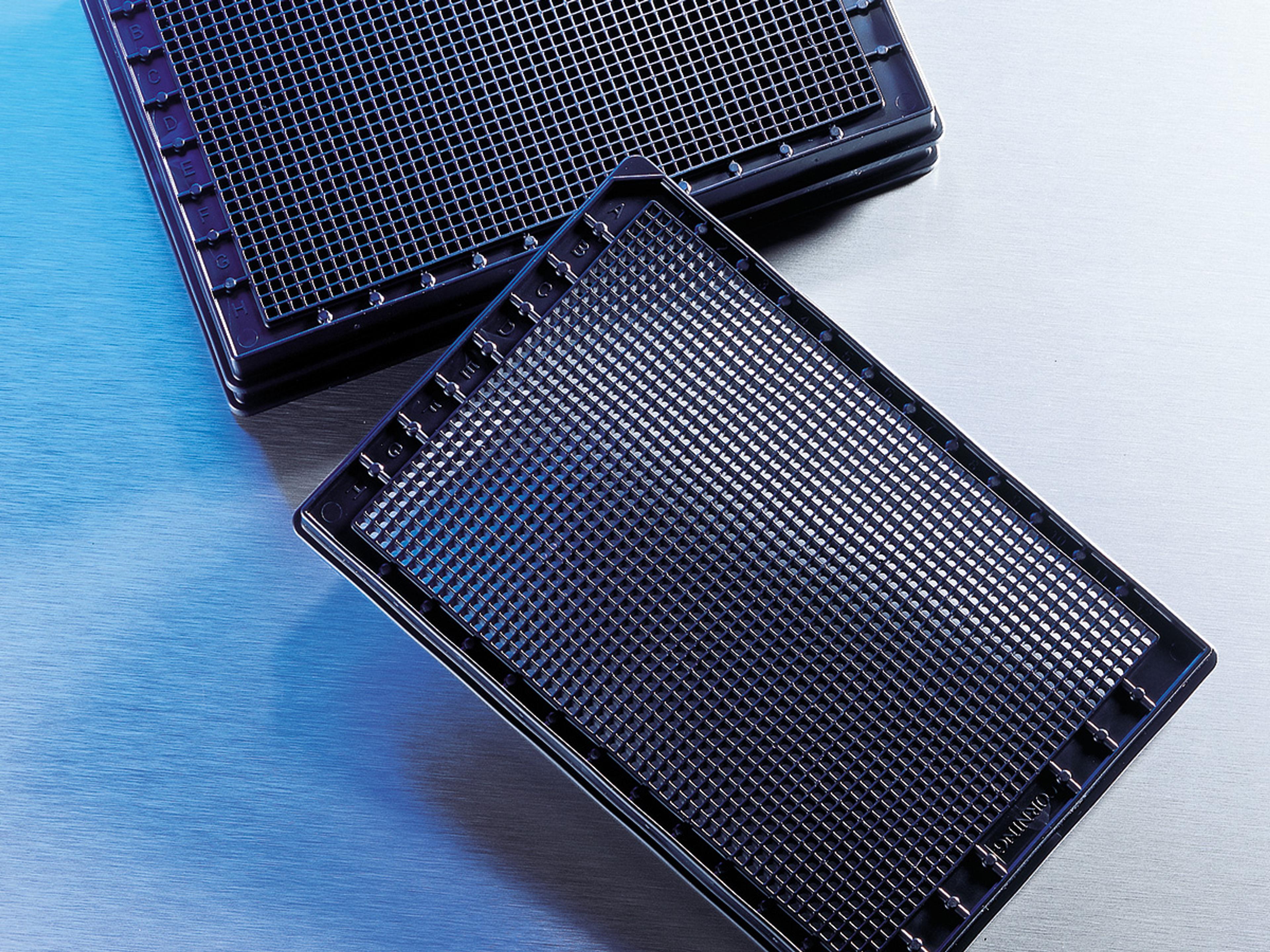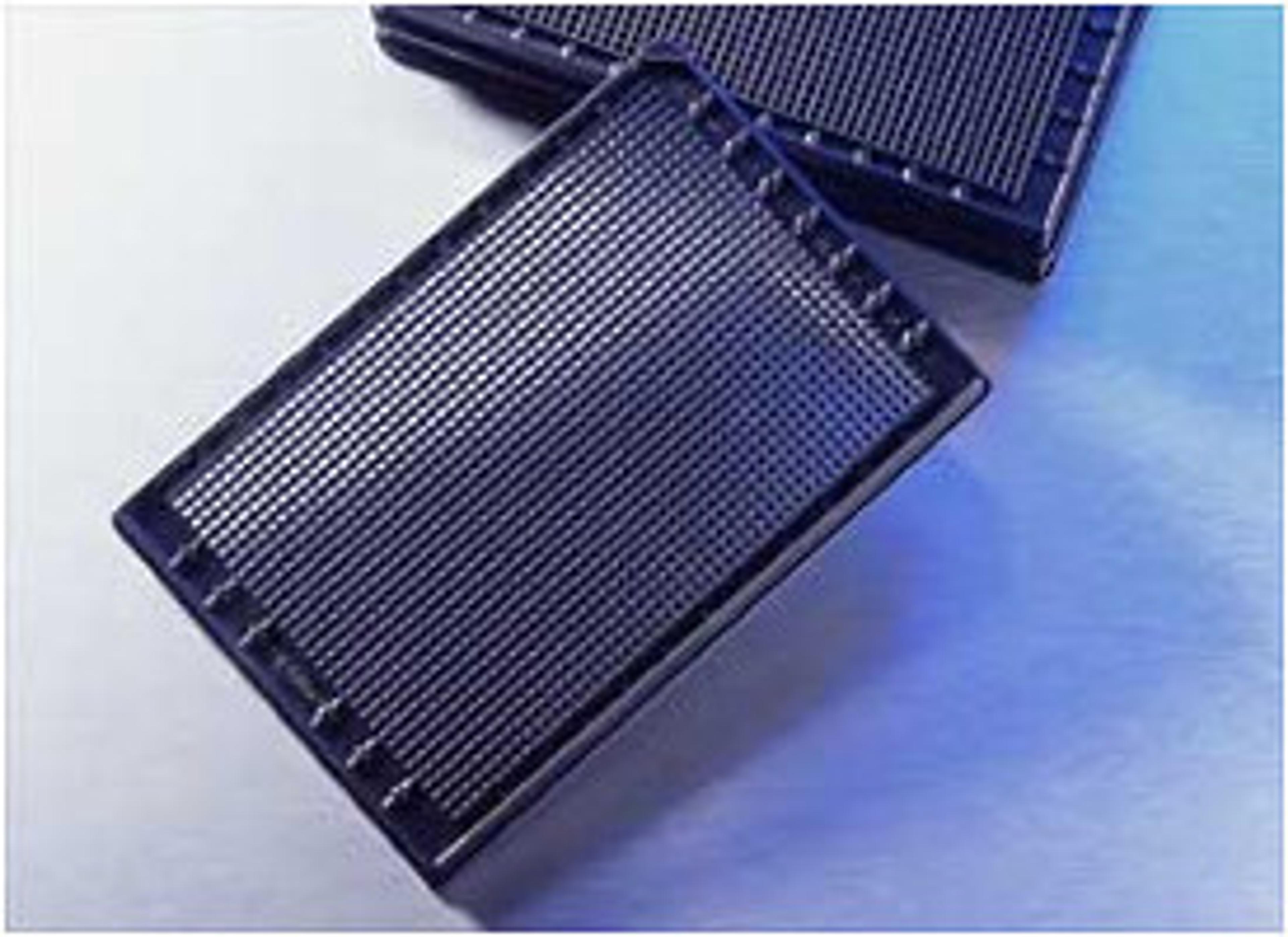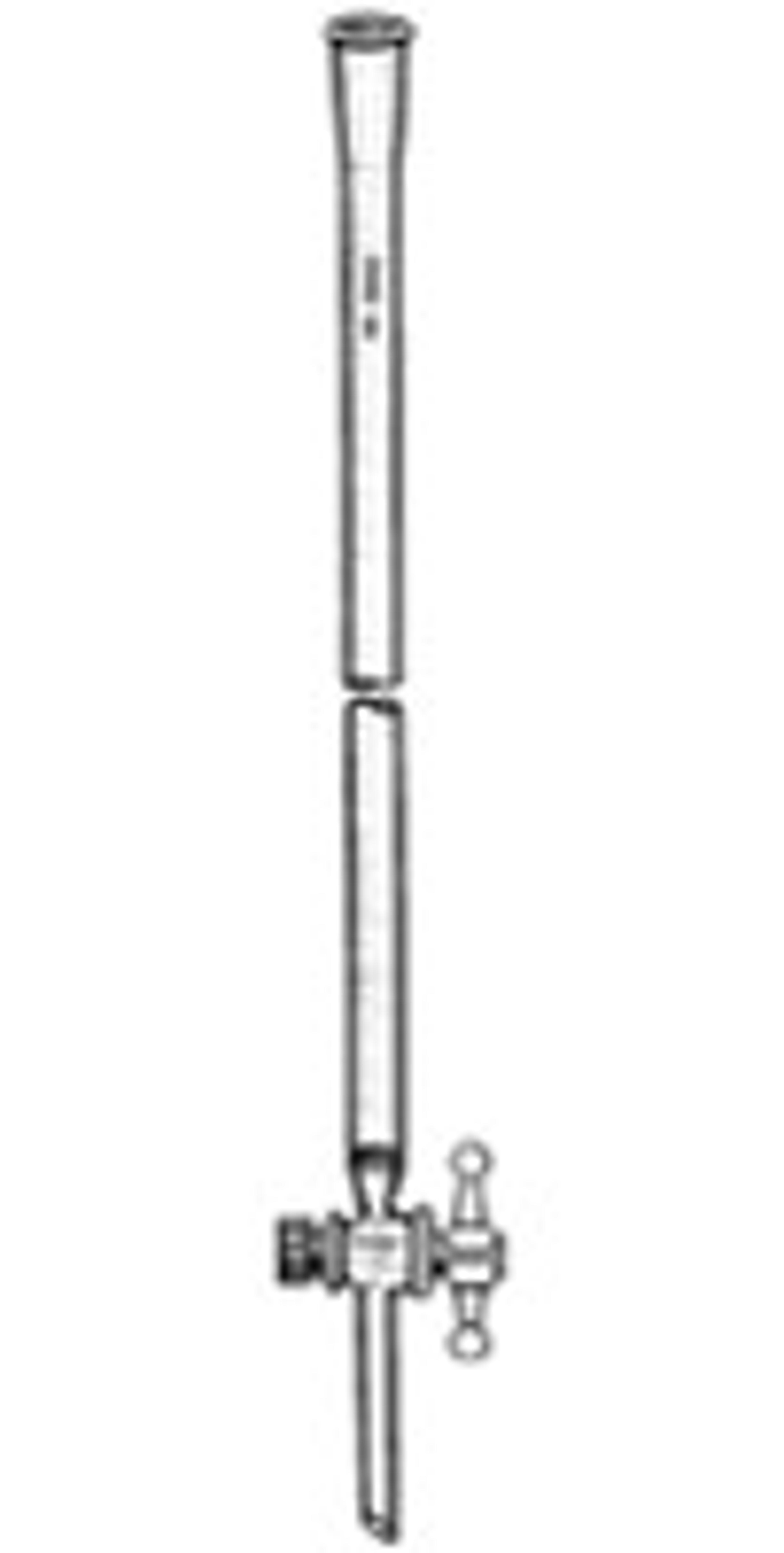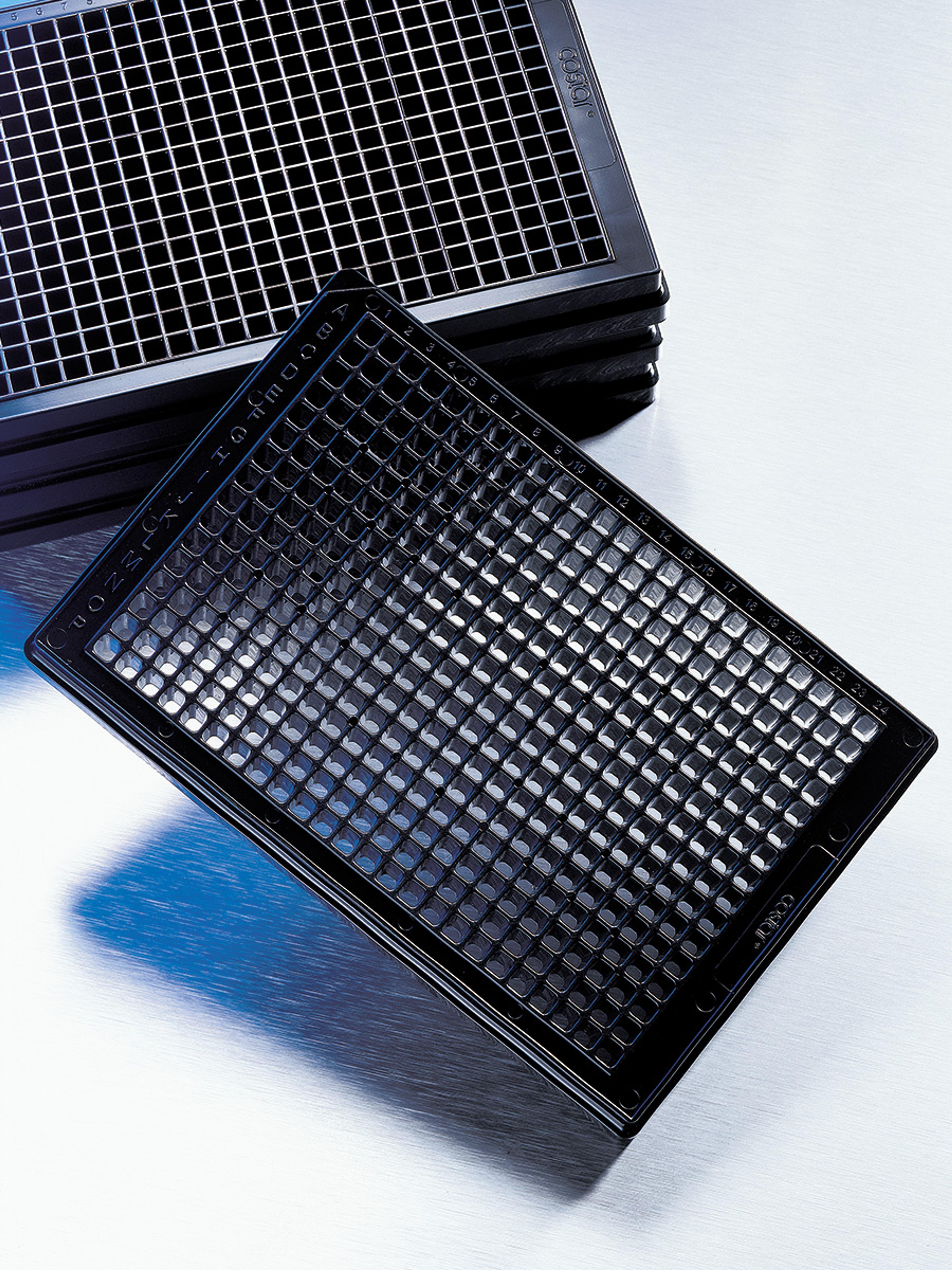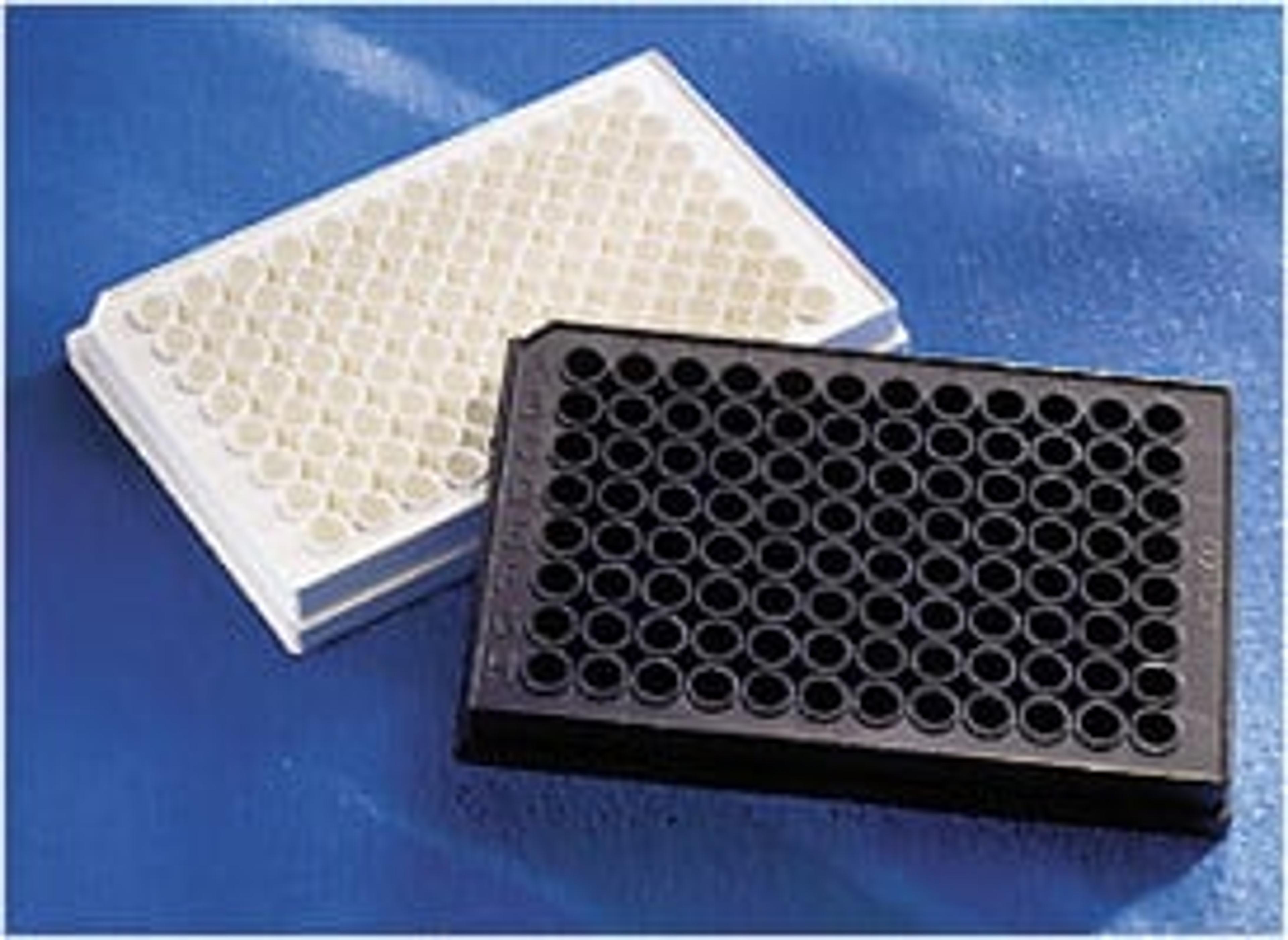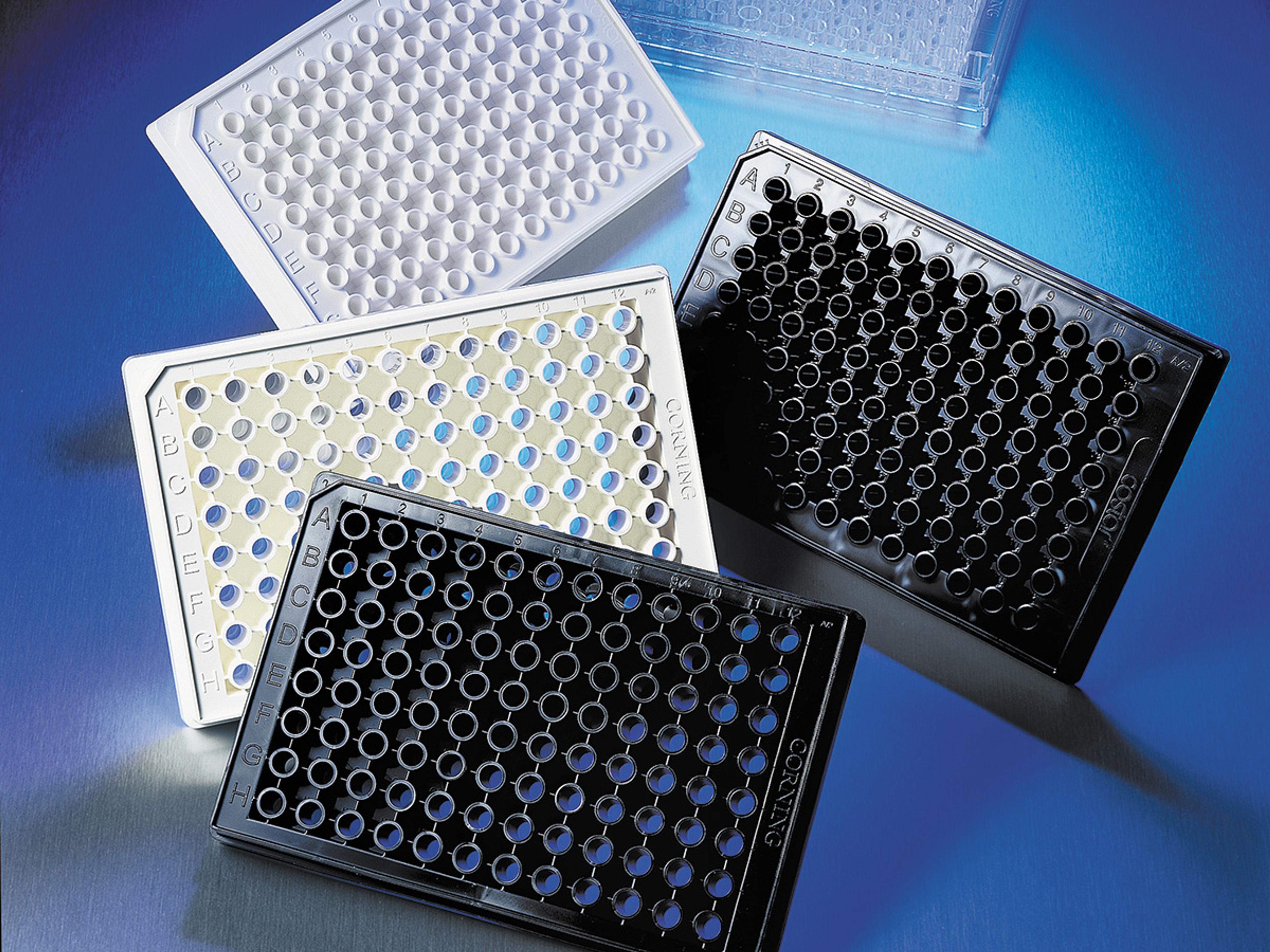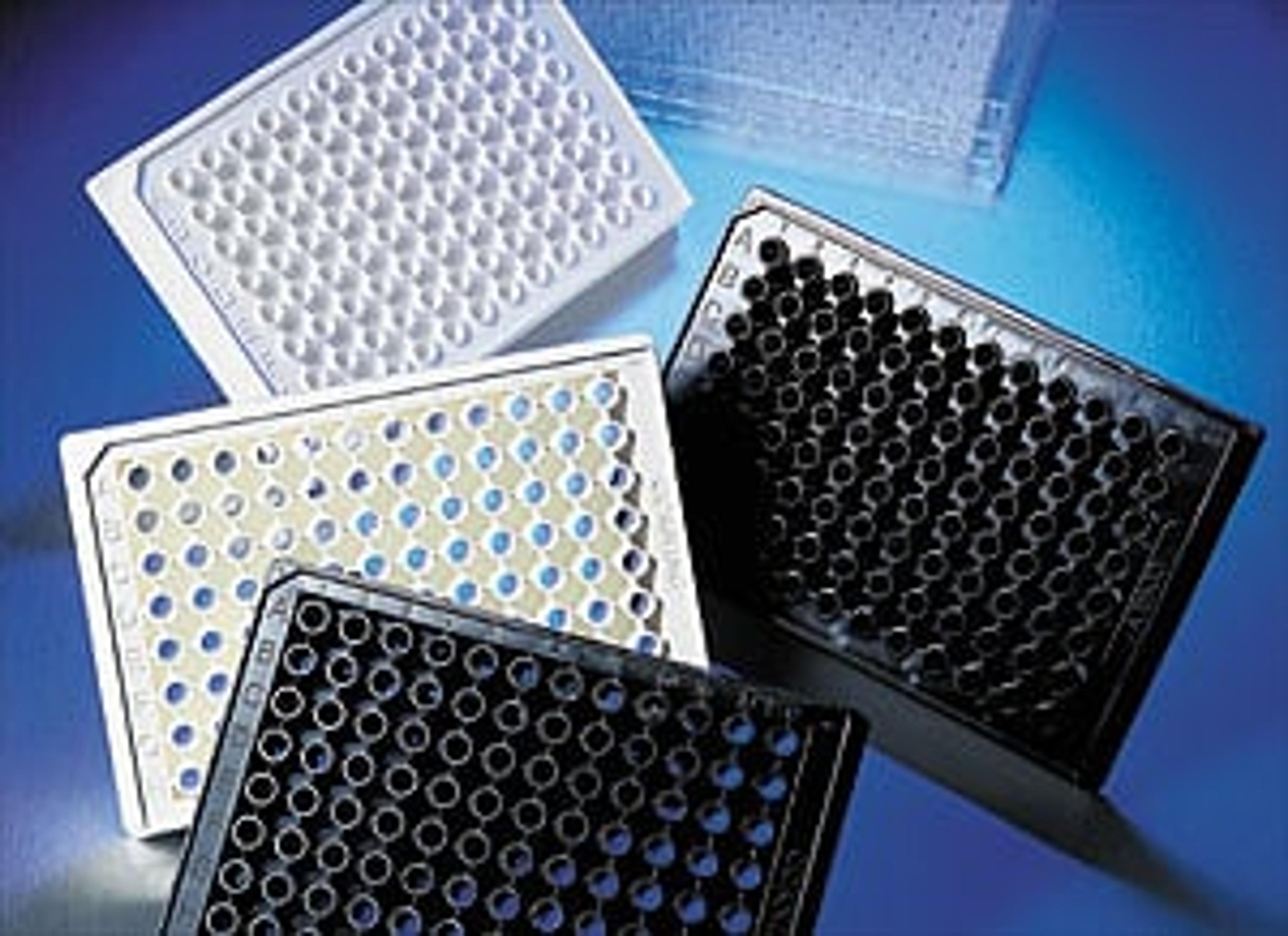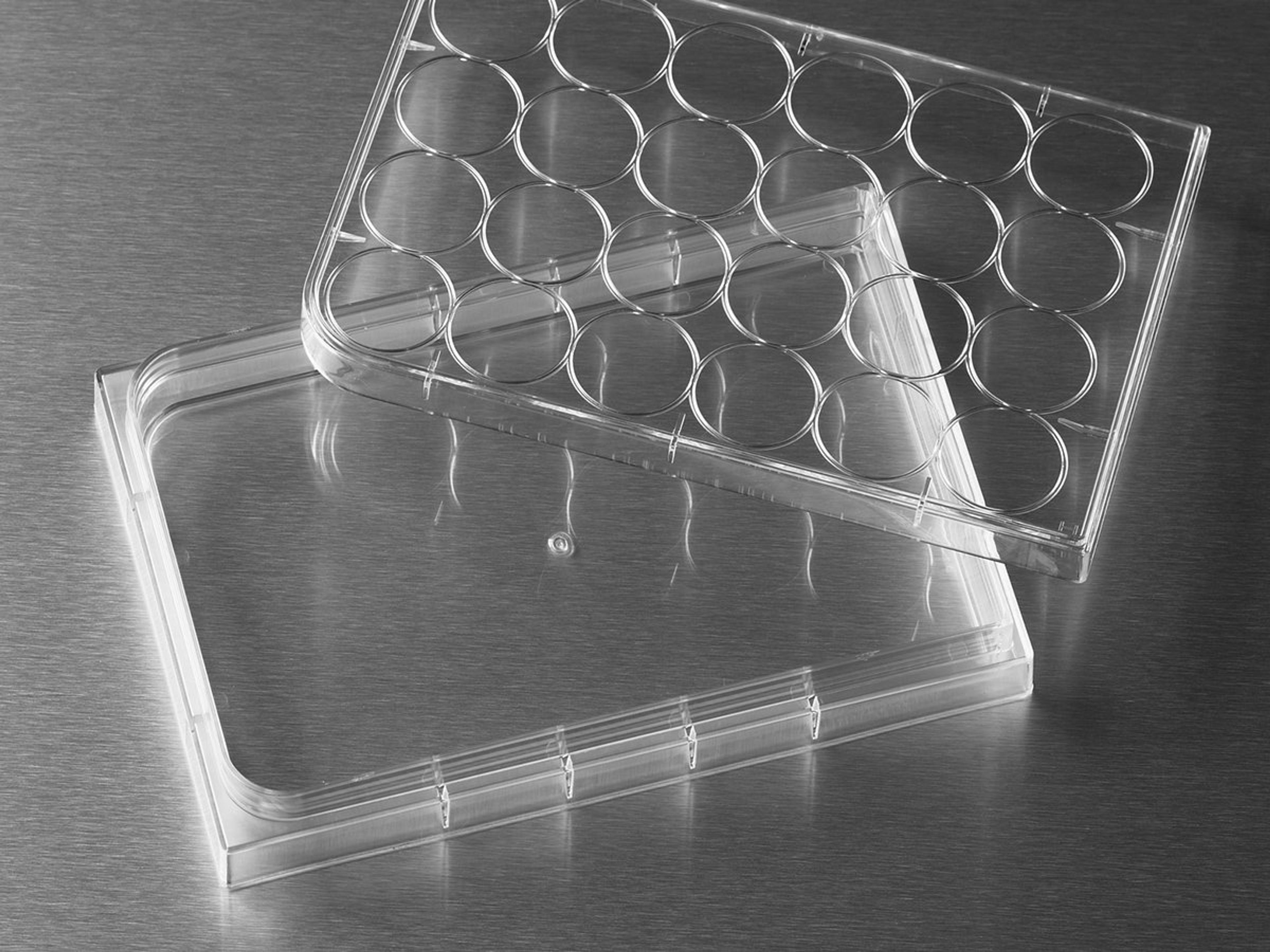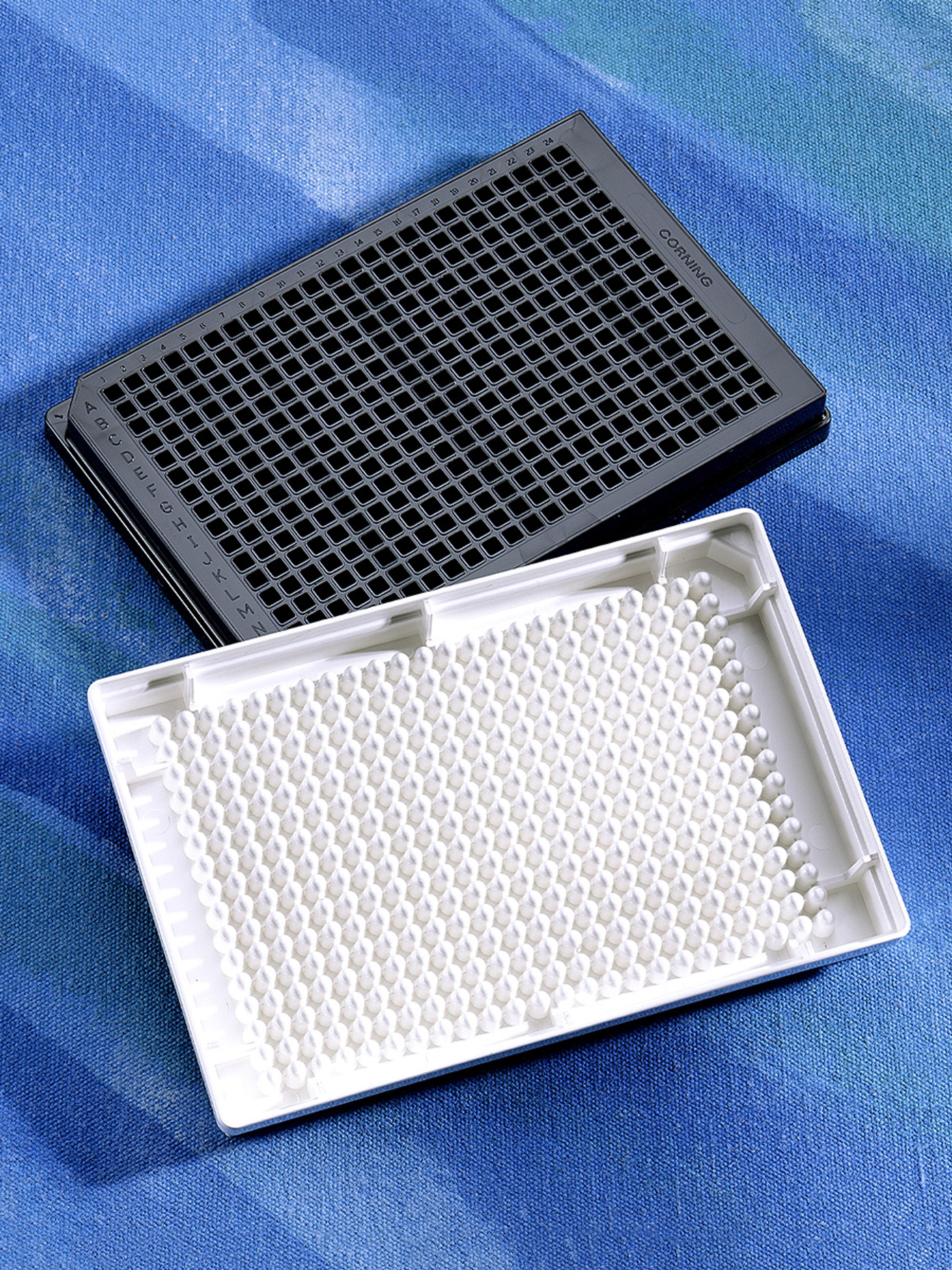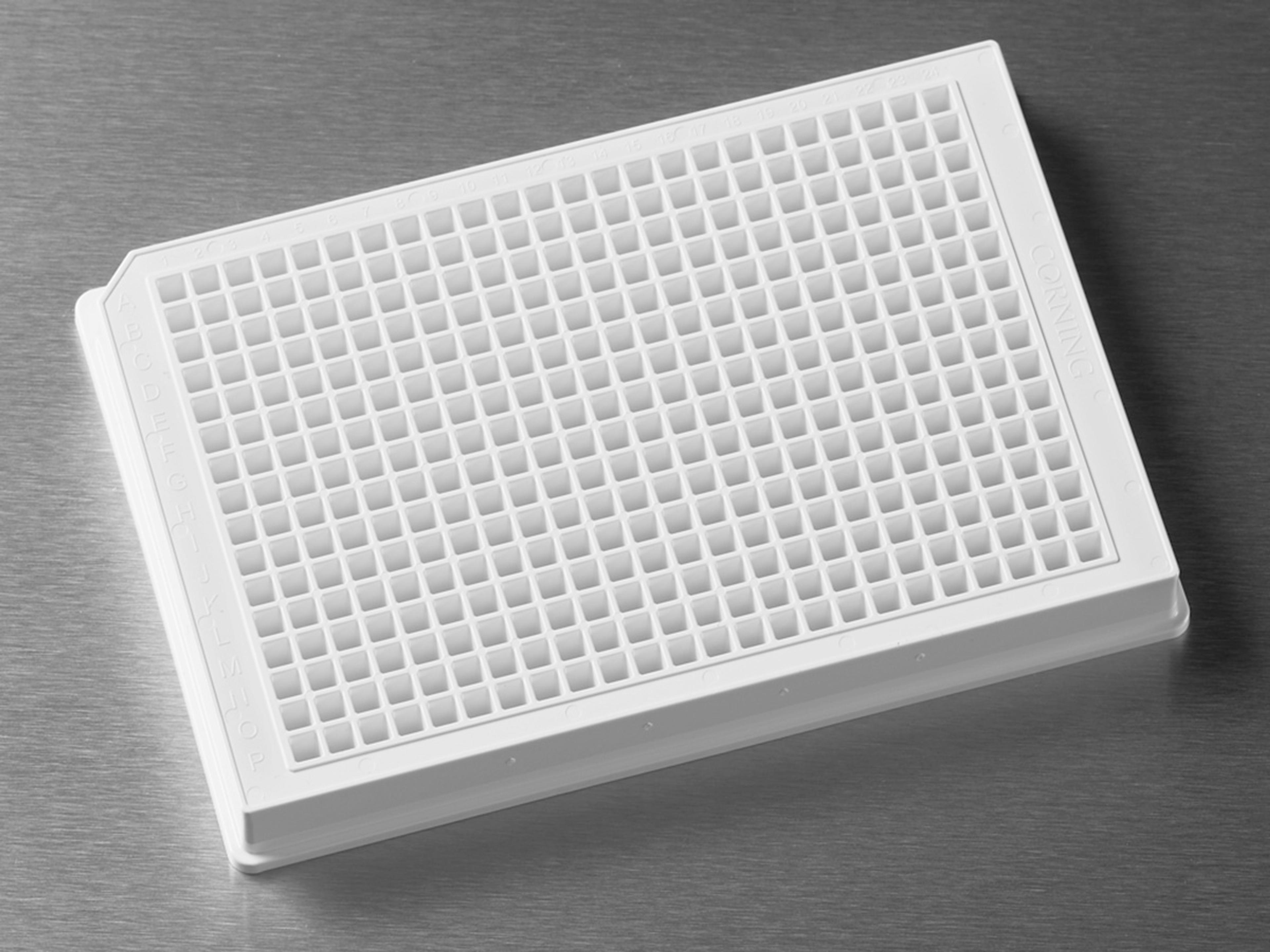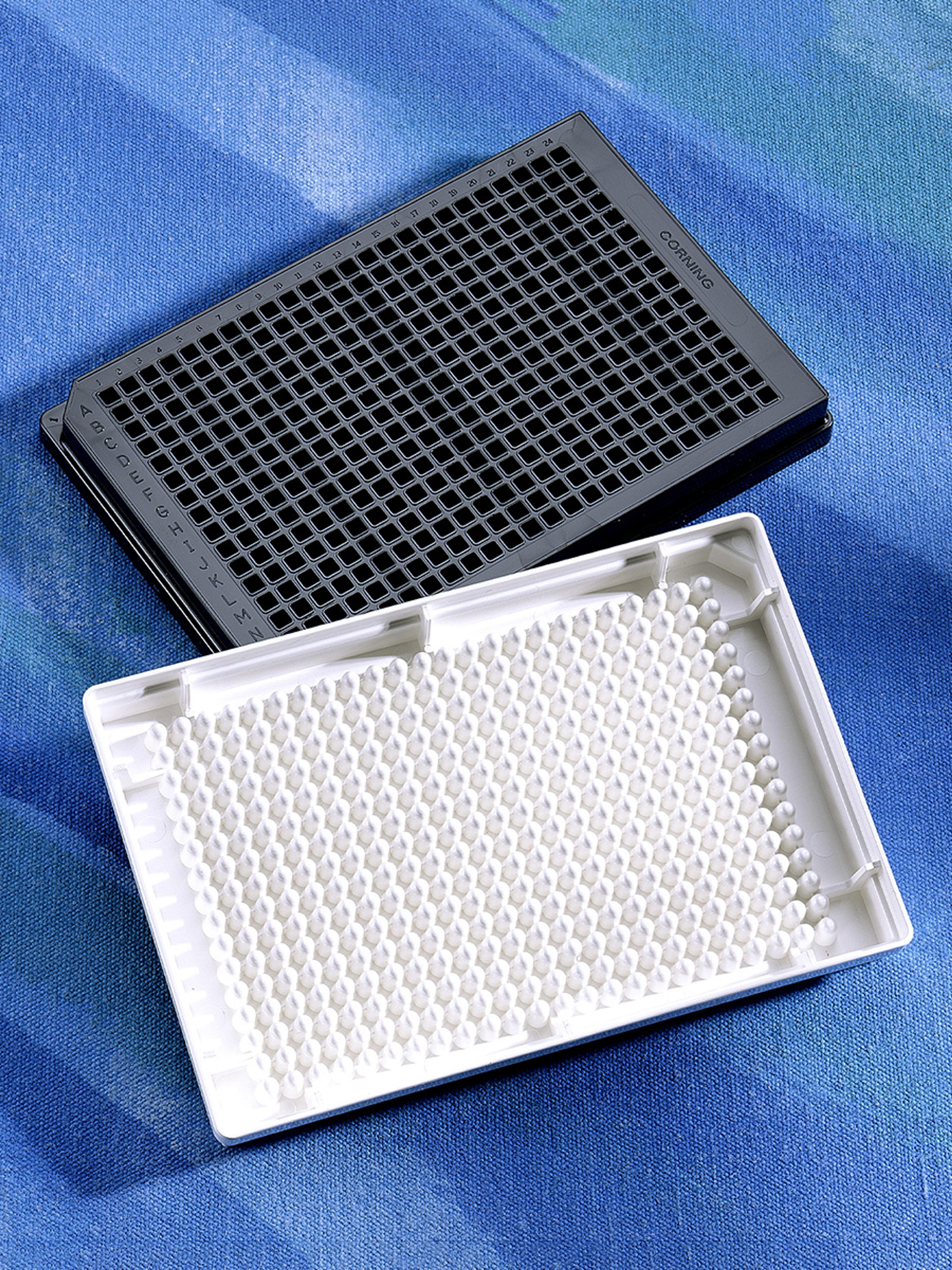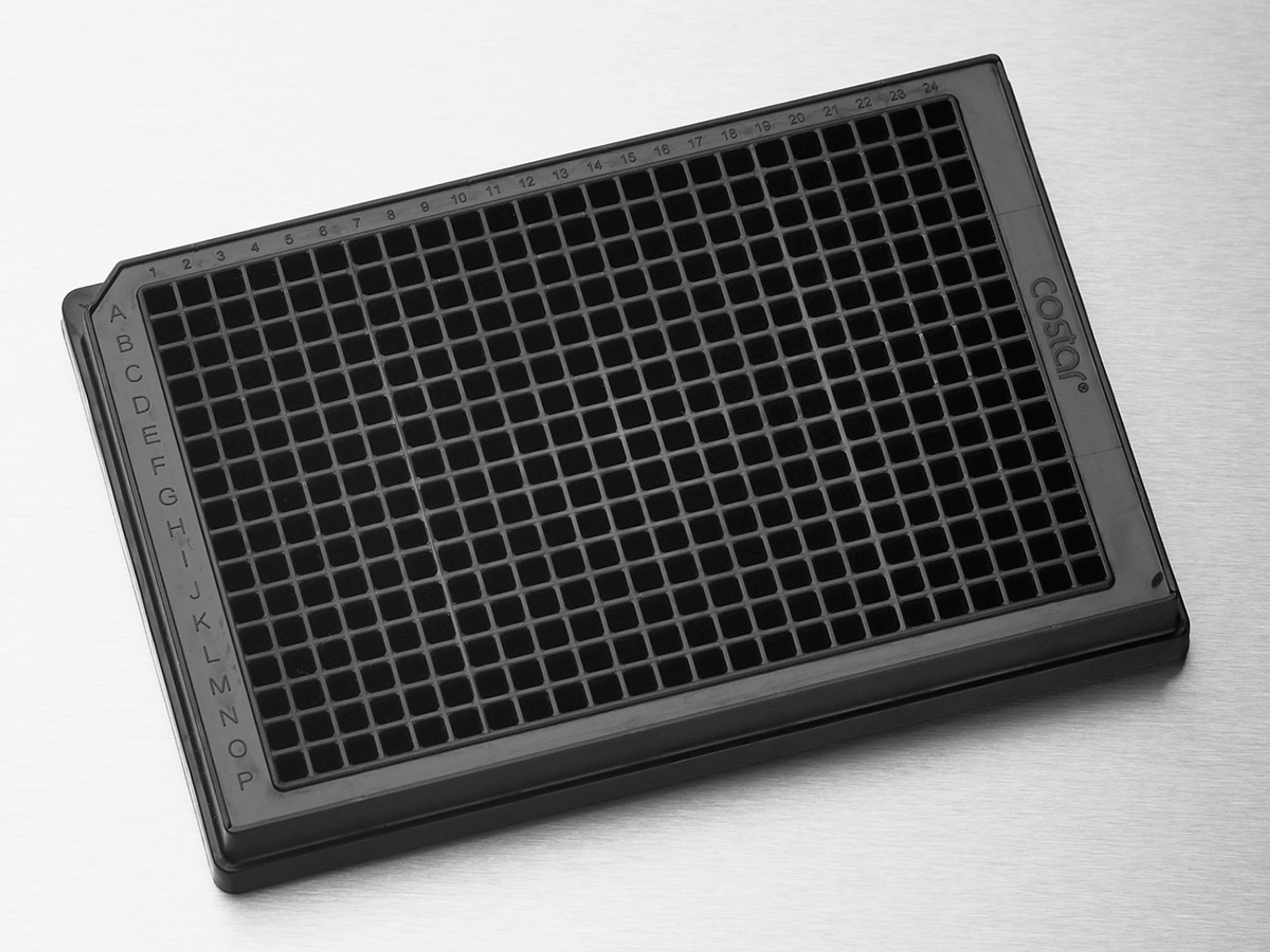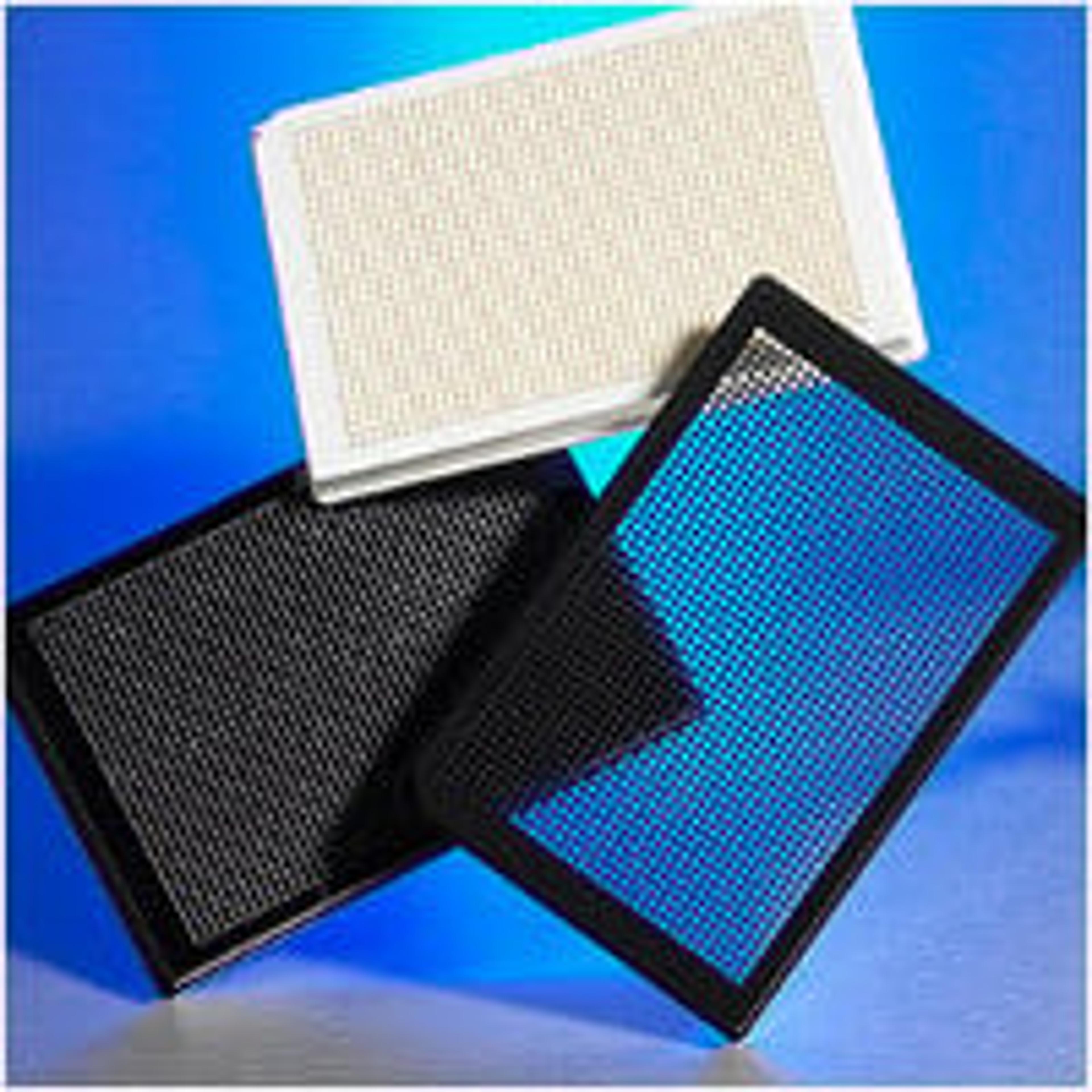Corning® 96 Half Area Well Flat Clear Bottom Black Polystyrene TC-treated Microplates, 25 per Bag, without Lid, Sterile
Corning Life SciencesThis microplate has half the growth area of a standard 96 well plate Flat bottoms with 190 µL total volume Bottoms are 60% thinner than conventional polystyrene plates, resulting in lower background fluorescence and enabling readings down to 340nm Optically clear flat well bottom permits direct microscopic viewing Opaque walls prevent well-to-well cross-talk Sterilized by gamma radiation and certified nonpyrogenic Bulk…


